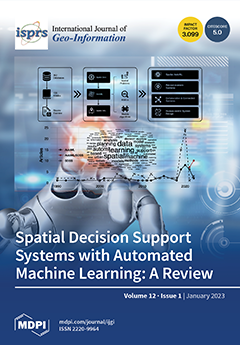In this paper, a new method is proposed to detect traffic regulations at intersections using GPS traces. The knowledge of traffic rules for regulated locations can help various location-based applications in the context of Smart Cities, such as the accurate estimation of travel time and fuel consumption from a starting point to a destination. Traffic regulations as map features, however, are surprisingly still largely absent from maps, although they do affect traffic flow which, in turn, affects vehicle idling time at intersections, fuel consumption, CO
emissions, and arrival time. In addition, mapping them using surveying equipment is costly and any update process has severe time constraints. This fact is precisely the motivation for this study. Therefore, its objective is to propose an automatic, fast, scalable, and inexpensive way to identify the type of intersection control (e.g., traffic lights, stop signs). A new method based on summarizing the collective behavior of vehicle crossing intersections is proposed. A modification of a well-known clustering algorithm is used to detect stopping and deceleration episodes. These episodes are then used to categorize vehicle crossing of intersections into four possible traffic categories (p1: free flow, p2: deceleration without stopping events, p3: only one stopping event, p4: more than one stopping event). The percentages of crossings of each class per intersection arm, together with other speed/stop/deceleration features, extracted from trajectories, are then used as features to classify the intersection arms according to their traffic control type (
dynamic model). The classification results of the dynamic model are compared with those of the
static model, where the classification features are extracted from OpenStreetMap. Finally, a
hybrid model is also tested, where a combination of dynamic and static features is used, which outperforms the other two models. For each of the three models, two variants of the feature vector are tested: one where only features associated with a single intersection arm are used (
one-arm model) and another where features also from neighboring intersection arms of the same intersection are used to classify an arm (
all-arm model). The methodology was tested on three datasets and the results show that all-arm models perform better than single-arm models with an accuracy of 95% to 97%.
Full article





